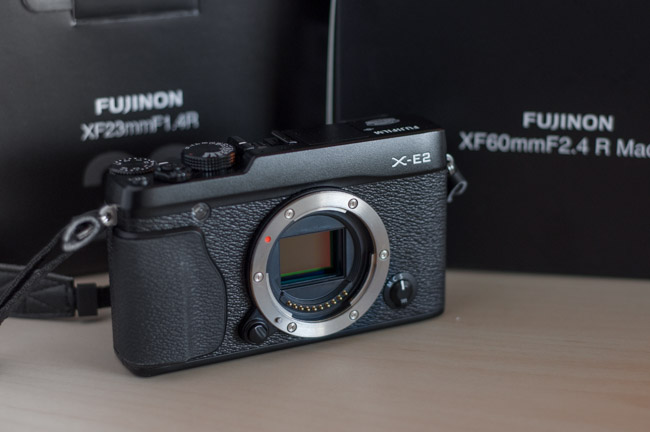
Isn’t it ever the truth that we become blind to what we see every day. As modern photographers, part of the deal is being somewhat tech savvy, and with the rate of technological advancement, sometimes it can be hard to keep up. There are mountains of information out there to keep up on and be aware of, but to some degree, information is useful only to the extent that you can find and use it when you need it. So that means you’ve got to separate the wheat from the chaff and know what things you should really understand because they will be continually brought up. One such example? CMOS (complementary metal-oxide semiconductor) and CCD (charge-coupled device) sensors – what they are and why it matters.
In the animations herein, photographer Raymond Siri attempts to give a basic overview to these two sensor types and give insight into how they work so you can know which works best for you. These videos have been doing the rounds but honestly give just a tiny glimpse into the comparison. As with so much in photography when it comes to questions and comparison, the answers aren’t binary – there is no yes or no. So which is better? There are advantages to both types of sensor technologies, but CMOS seems to be leading the pack, and I’ll explain a little as to why this may be so.
Between A Rock & The Future
As image sensors are digital, they, of course, need power, and traditionally CCD sensors tend to use more power, even up to 100x. Their data throughput rates are slower than that of CMOS (this partially explains why medium format cameras don’t have a high continuous frame rate), but also traditionally they produce images of higher quality with less distortion and noise, and high QE (Quantum Efficiency). Generally, the amount of each single CCD pixel that is strictly for light gathering, versus any other function, is higher than CMOS. The other functions CMOS sensors do, however, are critical – they do some of the heavy lifting like image processing, noise reduction and allow for special effects to be done.
At the very base level, their theory is the same, as they both convert light into electrons, but how those analog charges are turned into digital by each sensor type varies quite a bit. Each pixel in a CMOS sensor, for instance, has many transistors next to it to amp up and move the charge using typical wiring. Often light entering the sensor hits these rather than the actual photodiode and the way the information moves can cause distortion. Not a surprise then that many high-end medium format systems have used CCD sensors.
Furthermore, CMOS sensors read information as if it were reading a book of pixels, line by line which is the cause of the rolling shutter we all hate. But a CCD captures the whole frame at once with what is known as a ‘global shutter.’ While there have been ventures at making CMOS sensors with a global shutter, it takes time to see this implementation throughout the industry.
Where It’s Heading
So CCD seems brilliant, but alas, CCD sensors don’t use traditional manufacturing whereas a CMOS sensor can be manufactured in a more typical silicon production line, making them all the more inexpensive. This is largely what, I believe, has pushed the utterly rapid development of the digital camera. The rate of development for devices requiring camera sensors now, like phones, is so high, and the turnover so great, that the lesser expense of CMOS sensors is crucial.
If we can accept that CMOS’ advantages generally lay outside of image quality, we can see the advantages are speed, cost, high efficiency of power, and some on-sensor processing. But that may not be for long, as the gap between the CMOS and CCD quality is closing due to the backlit CMOS sensor, and also the demands of video and fast autofocus. The processing abilities of CMOS make high-speed video possible, as well as high-speed AF, which are two regions of our field that really have our affection, and thus attention. We even see the promise in CMOS medium format. So you may now even need to concern yourself of which is better because the way it seems now, you may not even have a choice because CMOS is running away with it.
Source: Image Sensors World







Get Connected!